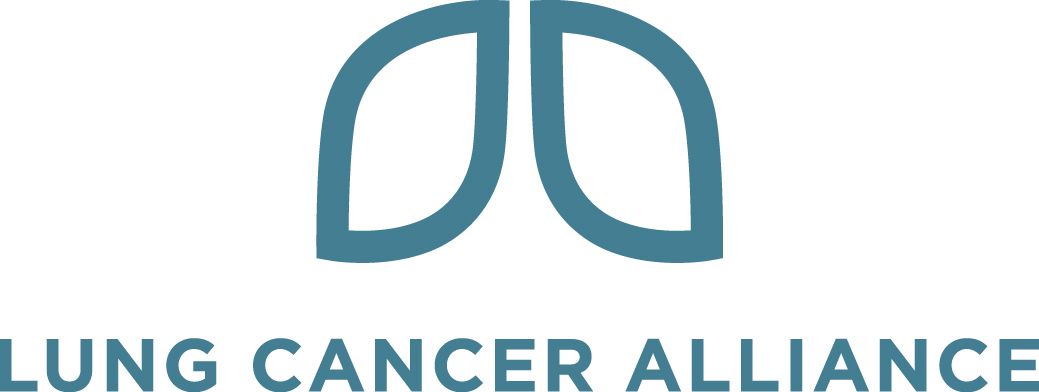
Combinations, Sequencing Being Explored in Myeloma

New treatment regimens may be hitting the scene of myeloma treatment.
New drug combinations and sequences continue to be investigated in the treatment field of multiple myeloma, said Adam Waxman, M.D.
A key class of agents with which researchers are aiming to improve patient outcomes, said Waxman, are second-generation proteasome inhibitors, including Kyprolis (carfilzomib) and Ninlaro (ixazomib). Additionally, monoclonal antibodies, such as Darzalex (daratumumab) and Empliciti (Empliciti), are being explored as part of four-drug regimens.
“With these emerging therapies, we have personalized treatments,” said Waxman. “We are never going to find a specific best treatment for everyone as it is a personalized disease. We need to look further at different combinations, sequencing, and new therapies.”
Can you provide an overview of your lecture?
In an interview with CURE during the 2017 OncLive® State of the Science Summit on Hematologic MalignanciesTM, Waxman, internist at the University of Pennsylvania, discussed emerging regimens for patients with multiple myeloma.
We discussed early relapse therapies, the many new treatments, and important randomized phase 3 trials for patients with multiple myeloma. We focused on second- generation proteasome inhibitors, such as Kyprolis and Ninlaro, as well as the monoclonal antibodies Empliciti and Darzalex. We looked at the randomized data for patients who are receiving somewhere between their first- and third-line of therapy after initial therapy.
We are attempting to investigate these different trials to make sense of how to better select different therapies during different times of treatment. There are seven or eight different randomized trials primarily using the same two control arms of Velcade (bortezomib)/dexamethasone and Revlimid (lenalidomide)/dexamethasone.
What are some factors to consider when sequencing therapies for patients who relapse?
With triplets versus doublets in therapy for multiple myeloma, we are finding that we tend to see higher progression-free survival rates, and, in some cases, improved overall survival when patients are in their early relapse. Of course, with important attention being placed on different drug toxicities, it is important to be careful when selecting patients who will receive triplet therapy.
This is part of the art of treating this disease because there are no multistage randomized trials where a patient is randomized to different sequences.
We are trying to figure this out by looking primarily at patient level factors. Most importantly, what were their responses to previous therapies and what treatments were the patients on at time of relapse? This is important because we have additional evidence on maintenance therapy. Many patients are going to have their first relapse while they are actively receiving maintenance Velcade or Revlimid. We know that giving the same drug is not going to be as effective as switching to something else to get longer responses.
It is important think about the toxicity profiles. A patient who already has peripheral neuropathy should not receive a Velcade- or Ninlaro-based regimen. There are more toxicities, such as hematological toxicities, in the Darzalex combinations than we see in either of the drugs alone. This is an individualization and personalization of the care we are giving to patients, as well as an increase of convenience of the regimen.
Ninlaro is convenient for patients because they do not have to come into the office every week to receive treatment. Other drugs, such as Kyprolis, require patients to come in twice a week and a Darzalex infusion could be four to eight hours long.
Subcutaneous therapy is being explored in myeloma. Is Darzalex being looked at in this method?
It is important to understand these personal characteristics. Has the patient received prior therapies? There is also emerging information discussing what molecular findings may help us to predict some of these responses. It is difficult to use these in patients who we are seeing in the clinic to make those decisions, but, hopefully, we will have more molecular markers in the future.
What ongoing trials in the field are you looking forward to seeing the results of?
Yes. We are now developing subcutaneous Darzalex, which would change the convenience issue, since this is only a 30-minute injection with fewer toxicities. It is a very exciting drug to have in the clinic.
Multiple myeloma is an area where we are having emerging therapies and important clinical trials. With new exciting drugs, including immunoconjugates, we are working in the earlier disease course to redefine therapy.
Is chimeric antigen receptor (CAR) T-cell therapy being looked at for patients who have early relapse?
We have two randomized trials that are currently investigating the use of Kyprolis in the initial setting. Recently, at the 2017 ASCO Annual Meeting, there were early phase 1b data on quadruplet therapy in upfront myeloma. Further studies are investigating combinations where we have found that three-drug regimens are better than two-drug regimens. We are also investigating if two drugs are better than three drugs, which are exciting studies for the earlier management of the disease.
Primarily in the studies being conducted at the University of Pennsylvania, we are working on patients who have received multiple lines of therapy before using CAR T-cell therapy. It could be used earlier as we have emerging information on the safety and efficacy. The idea of moving them earlier in therapy is going to be an important question to be answered.





